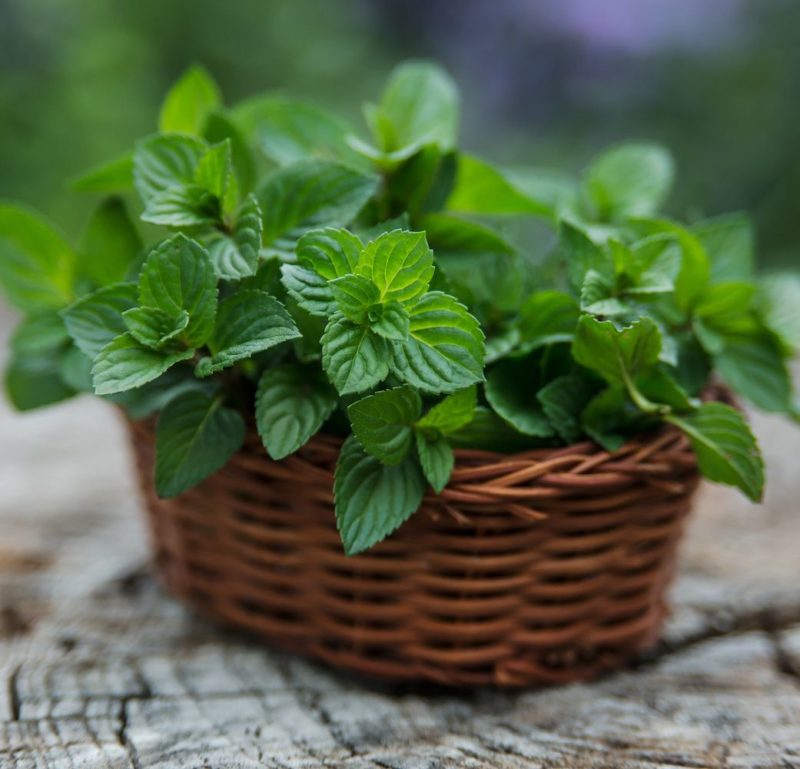Unpacking Peppermint
The mint family goes back until about 1500 BC. It’s a plant that truly knows how to travel, adapt and survive. It originated in North Africa and the Mediterranean, but today it can be found in almost all temperate climates. Over all of these centuries, this resilient herb has developed the ability to spread across the world and adjust to a vast expanse of specific geographical locations. It was used in ancient civilizations from Ancient Greece to Rome to indigenous communities in the Americas. Just as we look at the culture of people, plants have their own will and desire to live harmoniously according to the environment in which they permeate.
Today, we look specifically at peppermint, or Mentha Piperita, the herb of the mind. This is an incredibly versatile and beloved herb that can be used in tea, cooking and salads. I love it because you can get the cultivated versions in the store, grow it at home, but it’s also quite abundant in the wild.
Peppermint aids with digestion. Another bi-directional which is both calming and also stimulating, and it will adapt based on what your body needs. It works as an antispasmodic, calming the smooth muscles in your body, as well as a diaphoretic, moving excessive heat out of the body. Peppermint is specific for its analgesic properties, particularly when used topically.
Internally it works as a heart tonic and promotes circulation, aides digestion by relaxing the muscles in your digestive tract. It’s great for headaches, particularly those that are connected to digestive issues. If you’re suffering from digestive issues, you can mix a little peppermint oil with marjoram oil, dilute it in a fixed oil (like almond, sunflower or olive) and rub it onto your stomach. Peppermint is possibly the best herb for a cooling summer tea. When paired with basil, it makes a beautiful and refreshing elixir.
Topically, peppermint oil can be added to your products for its instant analgesic properties and ability to remove heat or swelling. Peppermint can be wonderful to add to a foot massage (in oil form, spritzed on the feet) to cool and refresh feet.
Peppermint has a special affinity to children, and children typically love the taste and bright, stimulating smell. Its aroma and fragrance make it one that easily benefit children through their sense of smell alone, while also working concurrently with their physiology. It’s also quite fun to grow at home with your kids, as it is the perfect vector for children to access plant medicine and become aware of their own health and wellness.
Please avoid this essential oil during your first trimester of pregnancy, and always research essential oils if you have any medical conditions.
For more about the benefits of peppermint, please refer to our Youtube video.




















